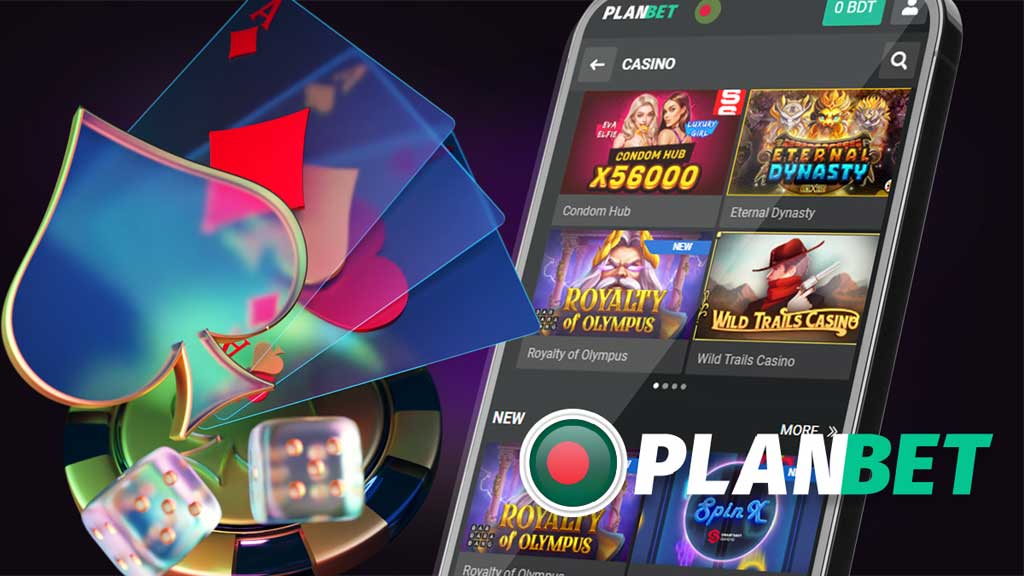The union of physical environments and game-like mechanisms has revolutionized how we engage with the world around us. From museums posing problems to solve to corporate buildings that add competitive elements to enhance productivity, the gamification of environments transcends mere entertainment. These environments take advantage of our innate desire for play, achievement, and interaction and transform passive engagement into interactive experience. By appropriating pieces of games—rules, puzzles, rewards, and narratives—designers create spaces that concentrate attention and direct specific behaviors.
Meaningful Choice Architecture
The most engaging interactive spaces present visitors with consequential choices. Unlike linear environments with predetermined paths, gamified spaces offer decision points that impact the unfolding experience. A science museum might allow visitors to select different experimental approaches, each leading to unique outcomes rather than prescribed demonstrations. Retail environments might transform shopping into exploration, with product discoveries triggered by customer movements or selections. The key lies in making choices visible and their consequences understandable but not entirely predictable. Too many options overwhelm; too few create a sense of being on rails. Successful spaces calibrate this balance carefully, creating the feeling of agency while gently guiding participants toward intended destinations or concepts. This illusion of freedom within boundaries creates mental investment, as participants own their journeys through conscious selection.
Strategic Progression Systems
Like any good poker strategy requires understanding how early decisions impact late-game possibilities, interactive spaces must create meaningful progression arcs. Visitors should feel themselves advancing through distinct phases, each building upon previous interactions to create a coherent journey. Museums achieve this by structuring knowledge acquisition in escalating complexity—fundamental concepts unlock access to more sophisticated ideas. Retail environments might gradually reveal exclusive products or experiences as customers engage more deeply. The best progression systems balance ease and challenge, offering early victory but sufficient challenge to make advancement rewarding. Visual and spatial cueing—differing light levels, expanding space, shifting soundscapes—augment this sense of progress. Progression cannot be random but must have a logical connection, creating an intuitive flow that engages participants through anticipation of what is to come more than through explicit guidance.
Multisensory Feedback Loops
Human attention thrives on feedback—the confirmation that our actions have consequences. While digital games rely primarily on visual and auditory feedback, physical interactive spaces can engage all senses. Successful designs create tight loops between action and response: buttons that offer resistance before triggering satisfying mechanical clicks, floor panels that illuminate or generate tones when stepped upon, and installations that release subtle scents or air movements after specific interactions. These responses should occur immediately to maintain the connection between cause and effect. The feedback intensity typically matches the significance of the action—minor interactions trigger subtle responses, while major achievements activate more dramatic feedback across multiple sensory channels. This multisensory approach creates more memorable experiences by forming richer neural connections than single-channel feedback. When properly implemented, these responses become a wordless language between space and visitor, communicating success, progress, and possibility without requiring explicit instruction.
Narrative Environment Integration
Facts become experience through narrative. Stories make abstract interactions real by providing context and emotional significance. In linear media, the narrative unfolds independently of engagement; interactive spaces interweave a narrative that responds to engagement. Due to viewer decision-making, old monuments can generate multiple perspectives, creating rich understanding rather than monolithic meaning. Corporate environments might frame productivity tools within company mythologies that evolve as teams achieve milestones. The physical environment becomes both storytelling medium and subject—architecture, lighting, sound, and interactive elements all serving the narrative. The most successful implementations balance explicit storytelling (through text, audio, or video) with implicit environmental storytelling, where spatial relationships and visual elements suggest stories without stating them outright. This approach respects visitor intelligence by leaving connections to be discovered rather than explained, creating moments of satisfaction when patterns become clear through exploration rather than instruction.
Adaptive Challenge Calibration
Nothing kills engagement faster than frustration or boredom. Collaborative environments that ensure long-term engagement incorporate measures that adjust difficulty levels to participants’ performance. Museum galleries can quietly decrease puzzle difficulty after acknowledging repeated unsuccessful attempts or offer tougher variants to clients demonstrating mastery. Store environments can increase difficulty levels for repeat customers in scavenger hunts while reducing experience levels for first-time customers. In contrast to computer-based systems, which can measure unique users across separate sessions, physical environments rely on more proximate patterns of behavior—hesitation acts, group conversation, body orientation—to predict participation rates. Most sophisticated implementations provide multiple simultaneous paths with different difficulty levels so that participants can self-cue appropriate challenges. This pacing is also adjustable, with rest and reflection time provided following more arduous exchanges. When used effectively, tourists are placed in the psychological “flow channel” between boredom and anxiety, where arousal and pleasure reach their highest levels.
Ethical Consideration Frameworks
As interactive spaces increasingly influence behavior, ethical considerations become paramount. Unlike purely entertainment-focused games, environmental gamification often serves additional agendas—educational objectives, commercial interests, or behavioral nudging. Designers must balance engagement techniques with transparency about underlying purposes. Museums must consider whether competitive elements might overshadow learning objectives; retail environments must evaluate whether gamified loyalty programs cross from engagement into manipulation. Privacy concerns emerge as spaces collect data to personalize experiences—what information is gathered, how long it’s retained, and how transparently this collection is communicated. Accessibility requires special thought in the sense that elements of the game enhance and do not degrade experiences across different abilities of users. Ethical design involves regular auditing and examining potential unforeseen consequences of interactive systems. Most celebrated environments offer sharp demarcation between entertainment mechanisms and well-enlightened assent, ensuring that playful mechanisms enhance rather than confuse participant agency.
Conclusion
Integrating game elements into physical spaces represents more than a design trend—it reflects evolving expectations about how environments should respond to human presence and participation. As technologies advance and design methodologies mature, the boundaries between built environments, interactive systems, and games will continue to blur. When thoughtfully designed, these spaces transform ordinary environments into extraordinary memories, creating moments of delight, connection, and discovery that purely passive spaces cannot match.







